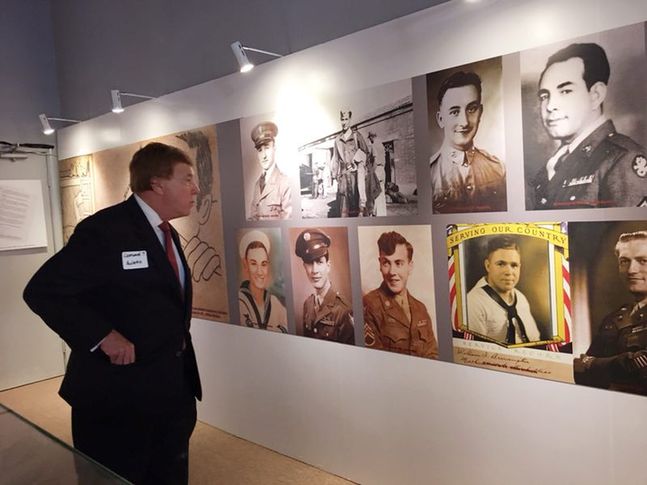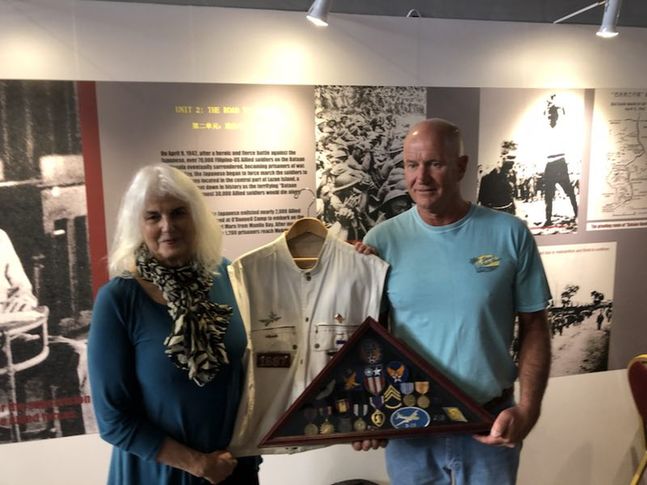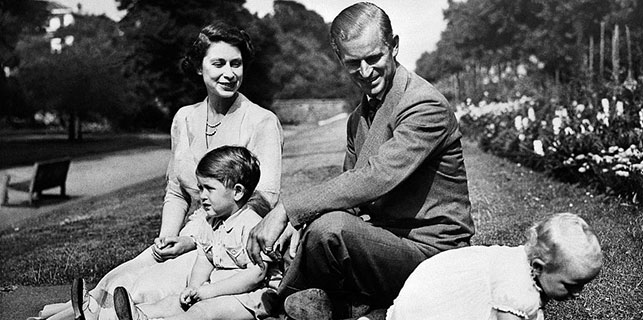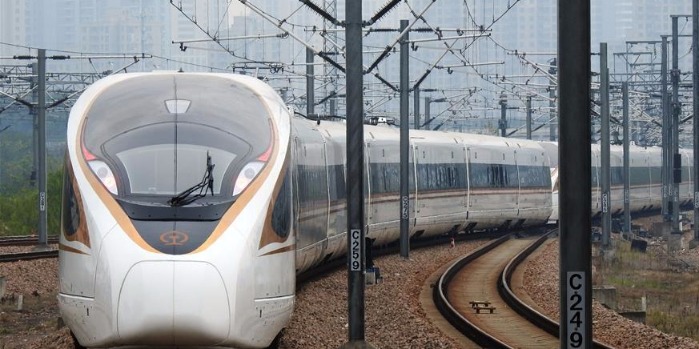Allied POW stories told at exhibit
 |
|
A visitor studies the photographs of Allied prisoners of war on Tuesday at an exhibition titled Forgotten Camp on view through Dec 5 in San Francisco, the first stop of the traveling exhibit in North America. ZHANG YUAN / CHINA DAILY |
Forgotten Camp details suffering at WWII prison run by Japan in Shenyang
The Bataan Death March is well known to Americans, but what happened to those who survived it is not.
A traveling exhibition in San Francisco tells the less known story of how Allied prisoners of war ended up in one of the Japanese Army's most notorious prisoner camps in Mukden (today's Shenyang), China, their darkest days there and their tenacious struggle against Japanese oppression.
The exhibition, Forgotten Camp, offers a glimpse into the hardships endured by more than 2,000 Allied prisoners, 1,200 of them Americans, at the Shenyang World War II Allied POW Camp, from 1942-1945.
On view from Tuesday through Dec 5 at the WWII Pacific War Memorial Hall, the exhibition assembles 250 historic photographs and 42 pieces of duplicate artifacts from the permanent collection of the Site Museum of Shenyang POW Camp of WWII Allied Forces.
The camp held prisoners from six countries - the US, UK, Canada, France, Australia and the Netherlands - but the US had the largest number of prisoners and the largest death toll.
"More than 200 young and vibrant American soldiers weren't able to live to the moment of victory. Their names were inscribed on a memorial wall of the museum," Fan Lihong, curator of the exhibition and director of the Site Museum of Shenyang POW Camp of WWII Allied Forces, told guests at the opening ceremony on Tuesday.
"Every inch of the soil at the camp was soaked by the prisoners' blood, sweat, hope and struggle. This history should not be forgotten," she said.
Yet this camp and its story went unremembered for half a century until scholars uncovered it in 2003. A historic site and museum today, it is the best preserved of the more than 200 POW camps established by Japanese forces in the Asia-Pacific Theater during the war.
It stands as a historical testament to Japan's violation of international conventions on humanitarianism and forced use of POW manpower and to the misery and suffering Allied prisoners endured, she said.
 |
|
Jackie Huss Hallerberg (left), daughter of Walter Huss, a POW in the Mukden camp, and Jeff Reicheri, nephew of Walter Huss, show his medals and jacket at exhibition. LIA ZHU / CHINA DAILY |
The prisoners were treated with relentless brutality. In the freezing winter, frostbite was not uncommon. Food and medical supplies were scarce. They were also forced to hike five miles a day to work in a factory that manufactured weapons and parts for Japanese aircraft.
Among those notable inmates were US Lieutenant General Jonathan Wainwright, commander of Allied forces in the Philippines, who would receive the Medal of Honor for his heroics during the Fall of Bataan, and Major General Edward King, who led the Battle of Bataan during the Japanese invasion of the Philippines.
"While we have the opportunity to look back and revisit that part of history, there are lessons to be learned and spirits to be carried on," said Chinese Consul General in San Francisco Luo Linquan. "Even in the dark days of harsh living conditions, inhuman torture, ubiquitous hunger and pervasive disease, the allied POWs didn't give up hope."
Photos of drawings made by the prisoners on display show their sense of humor, such as training fleas to stand at attention and do thorough cleanup on their days off.
The exhibition also depicts the friendships that took root between the prisoners and the local Chinese workers who risked their lives to help them. There are photos showing some POW veterans returned to Shenyang years later to reconnect with their old Chinese friends who used to smuggle them food and medicine.
It's the second time the exhibition has traveled overseas since it visited Liverpool, England, in 2015. The show was sponsored by the Chinese Consulate General in San Francisco, China Daily, the Site Museum of Shenyang POW Camp of WWII Allied, Shenyang Municipal Bureau of Culture, Broadcasting, Television, Press as Publication, and presented by China Daily USA.
"China Daily US edition is dedicated to facilitating better understanding and greater cooperation between the two countries. And we believe it's our responsibility to bring this forgotten, or less known, chapter of history to our readers in the US," said Ji Tao, president and editor-in-chief of China Daily USA.
The exhibition is important as it offers first-hand accounts of the sufferings and memories of the POWs, said Florence Fang, co-founder and honorary curator of the WWII Pacific War Memorial Hall, said at the ceremony.
"If we don't learn from the past, we can't plan the future successfully," Fang said.
Jackie Huss Hallerberg, daughter of Walter Huss, who spent nine months in the Mukden camp till he was liberated in August 1945, said the exhibition made her teary. She said she doesn't remember how many times her father told her about his survival guilt.
"That trauma can be passed on through many generations. It's important to keep it in mind when we move forward. There are many people who will be affected by the WWII, whose family members are POWs," she said. "It doesn't just end when the war ends or the person dies. It's already imprinted in some way."
Another value of the exhibition is to educate the public, especially the younger generations, said Darryl Lau Kai Mun, consul general in Singapore, who also attended Tuesday's opening.
"It is the darkest chapter of human history that so many people perished," he said. "To those who were born after the war, it's a reminder of the horror, suffering and anguish of war. Young people should take the lessons to heart."
liazhu@chinadailyusa.com
















